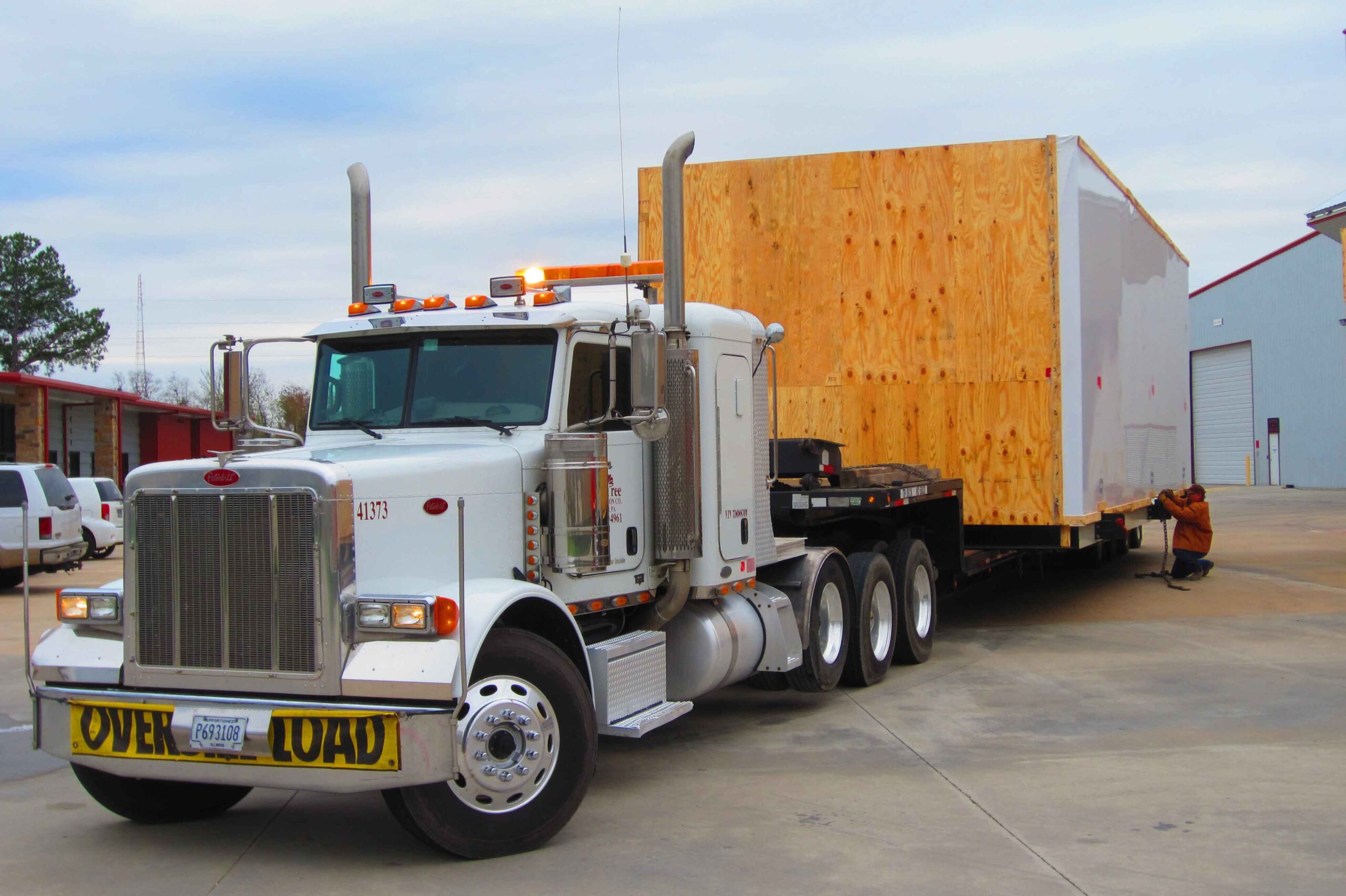Hazmat transportation is one of the most complex types of services within the industry. It requires a great deal of planning and compliance with the regulations to ensure on-time and, most importantly, safe transportation of this type of freight.
What are hazardous materials (hazmat)?
Hazmat refers to materials that are a potential health, safety, or environmental hazard during transportation. These are some of the most common types of hazardous materials:
- Fireworks, flares, toy rockets
- Aerosols
- Fire extinguishers
- Nail polish remover
- Lighter fluid
- Oil-based Paint
- Paint thinner
- Batteries
- Ammunition
- Pool chemicals
- Cleaning products
Top things to consider for Hazmat transportation
Plan your transportation
Even though this sounds obvious, it is essential. Planning the entire transportation process for any load is crucial, and when referring to hazmat, it’s critical. Understanding the entire transportation process and what your load requires to ship efficiently will ensure you’ll deliver the shipment safely and on time.
Comply with the federal hazardous materials regulations
As these types of materials may cause a lot of damage and are a potential risk, naturally, there are regulations to ensure that when transported, they are as safe as possible. Companies that require hazmat transportation must know the regulations and ensure they’re complying with them.
Check out the FMCSA overview on hazmat transportation to ensure your team and companies working with you complies with regulations.
Understand special requirements
With this type of transportation, there will always be special requirements you must consider. For instance, if you’re transporting overnight or if you’re using the U.S. postal service, you’ll need to review the additional restrictions imposed on hazmat. It’s critical to have open communication with your carriers to make sure they understand the dangers of transporting this type of freight and are compliant with the regulations.
Hazmat classes
Knowing if your freight is considered hazardous is the first step. Here are the hazmat classes you must consider:
- Class 1 — Explosives
- Class 2 — Gases
- Division 2.1 — Flammable gas
- Division 2.2 – Non-flammable, nonpoisonous compressed gas, including compressed gas, liquefied gas, pressurized cryogenic gas, compressed gas in solution, asphyxiant gas, and oxidizing gas
- Division 2.3 — Gas poisonous by inhalation
- Class 3 — Flammable liquid/combustible liquid
- Class 4:
- Division 4.1 — Flammable solid
- Division 4.2 — Spontaneously combustible material
- Division 4.3 — Dangerous when wet
- Class 5:
- Division 5.1 — Oxidizer
- Division 5.2 — Organic peroxide
- Class 6:
- Division 6.1 — Poisonous material
- Division 6.2 — Infectious substance
- Class 7 — Radioactive material
- Class 8 — Corrosive material
- Class 9 — Miscellaneous hazardous material
Work with experts
Last but not least: work with experts! Even though there are many companies that can transport your freight, not all of them have the required expertise and knowledge on hazmat transportation. It’s essential for you to search for a company that understands the specifics of transporting this type of freight and is compliant with the regulations.
At LGI, we have built a vast carrier network to ensure we are able to transport any type of freight. Our carriers understand the hazmat industry and will ensure your freight is delivered safely and on time.
